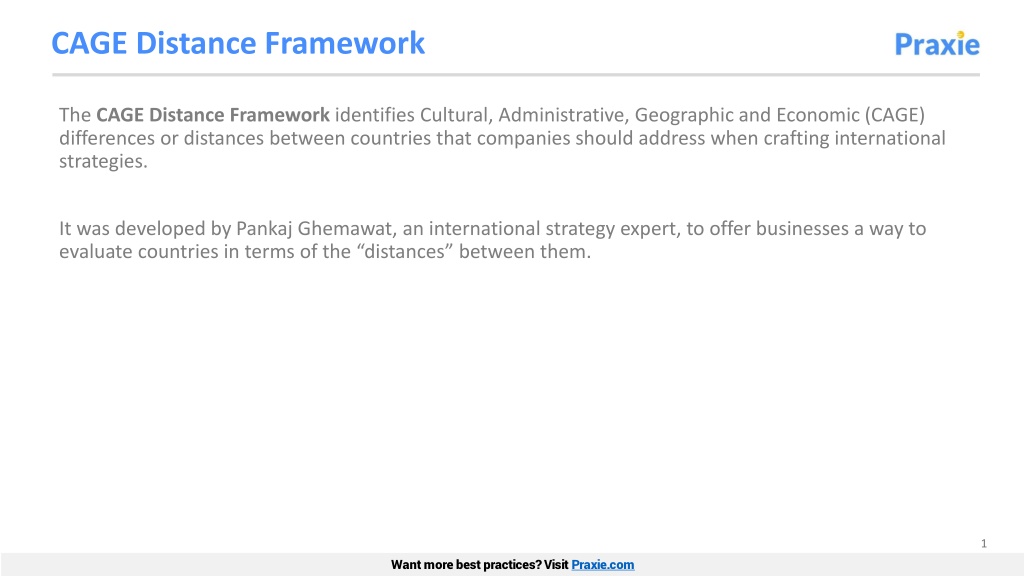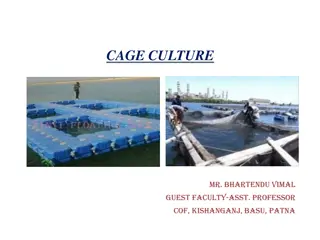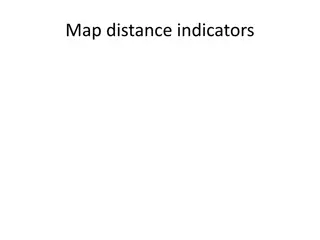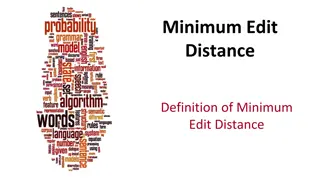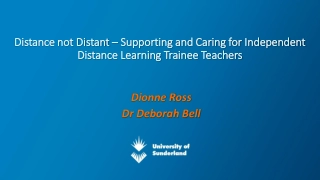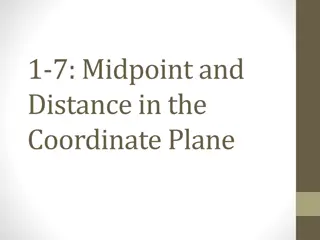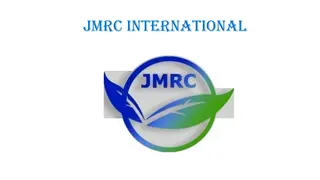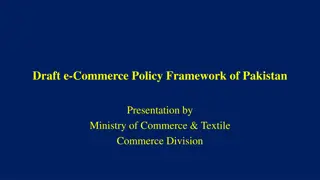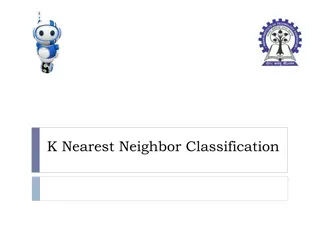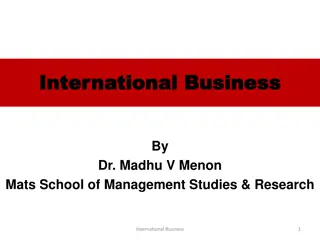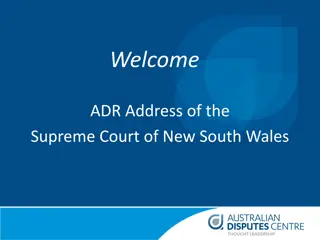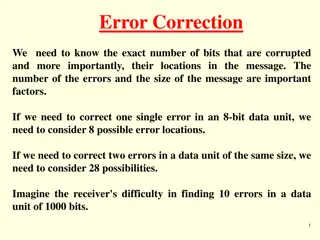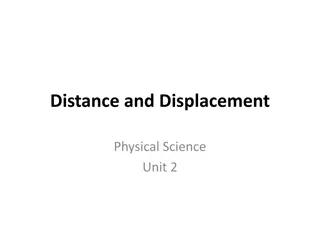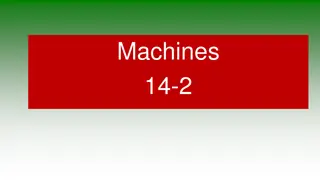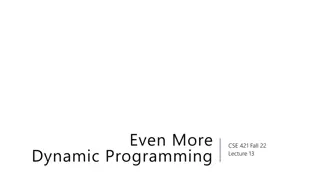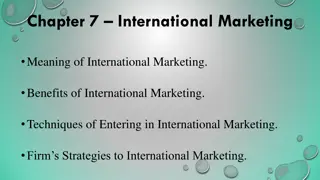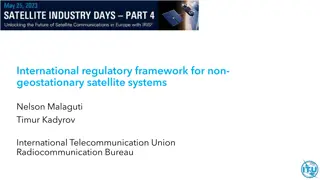Understanding the CAGE Distance Framework for International Business
The CAGE Distance Framework, developed by Pankaj Ghemawat, helps companies assess Cultural, Administrative, Geographic, and Economic distances between countries when crafting international strategies. By considering these factors, businesses can identify implications for their strategy and project. Utilize the framework to compare countries, evaluate distances, and strategize effectively to overcome barriers. For more insights, visit Praxie.com.
Download Presentation

Please find below an Image/Link to download the presentation.
The content on the website is provided AS IS for your information and personal use only. It may not be sold, licensed, or shared on other websites without obtaining consent from the author. Download presentation by click this link. If you encounter any issues during the download, it is possible that the publisher has removed the file from their server.
E N D
Presentation Transcript
CAGE Distance Framework The CAGE Distance Framework identifies Cultural, Administrative, Geographic and Economic (CAGE) differences or distances between countries that companies should address when crafting international strategies. It was developed by Pankaj Ghemawat, an international strategy expert, to offer businesses a way to evaluate countries in terms of the distances between them. 1 Want more best practices? Visit Praxie.com
For each of the elements of the CAGE Distance Framework, enter what you know about the two countries you want to compare to identify how much distance exists between them. Identify implications for your strategy, project, or other related activities. CAGE Distance Framework Country A Country B Enter what you know about Country A Enter what you know about Country B List the cultural norms, values and social beliefs, also known as the unwritten rules, that shape the behavior of individuals and organizations. Various societies also differ in their attitudes toward globalization and market power that have important consequences in terms of both formalized trade regulations and general attitudes toward how businesses are run. Cultural Distance C Enter what you know about Country A Enter what you know about Country B List the differences in history and politics among countries, especially those which do not share colonial ties. Also, a lack of shared currency, political hostilities, and government corruption contribute to Administrative distance. Administrative Distance A Enter what you know about Country A Enter what you know about Country B Geographic distance refers not only to the physical distance between two countries, but also a country s physical size, whether it shares borders with hostile or non-hostile neighbors, and access to trade routes such as the ocean and other topographical features. List these attributes. Geographic Distance G Enter what you know about Country A Enter what you know about Country B Two of the biggest determinants of economic distance are the Cost of Labor and level of Consumer wealth between countries. It is more difficult for a company from a wealthy country to enter a poorer country and be successful there, but not impossible. List these determinants. Economic Distance E 2 Want more best practices? Visit Praxie.com
Actions Create an action plan focused on creating and implementing your CAGE Distance Framework. Consider the people, processes, and technologies that will be needed to support your framework, and the specific actions needed to implement your strategy or project based on your insights. Actions Owner Due Date Enter action here Enter owner Enter due date 3 Want more best practices? Visit Praxie.com
www.praxie.com Learn, Configure & Run Business Best Practice Applications in Minutes. Want more best practices? Visit Praxie.com
